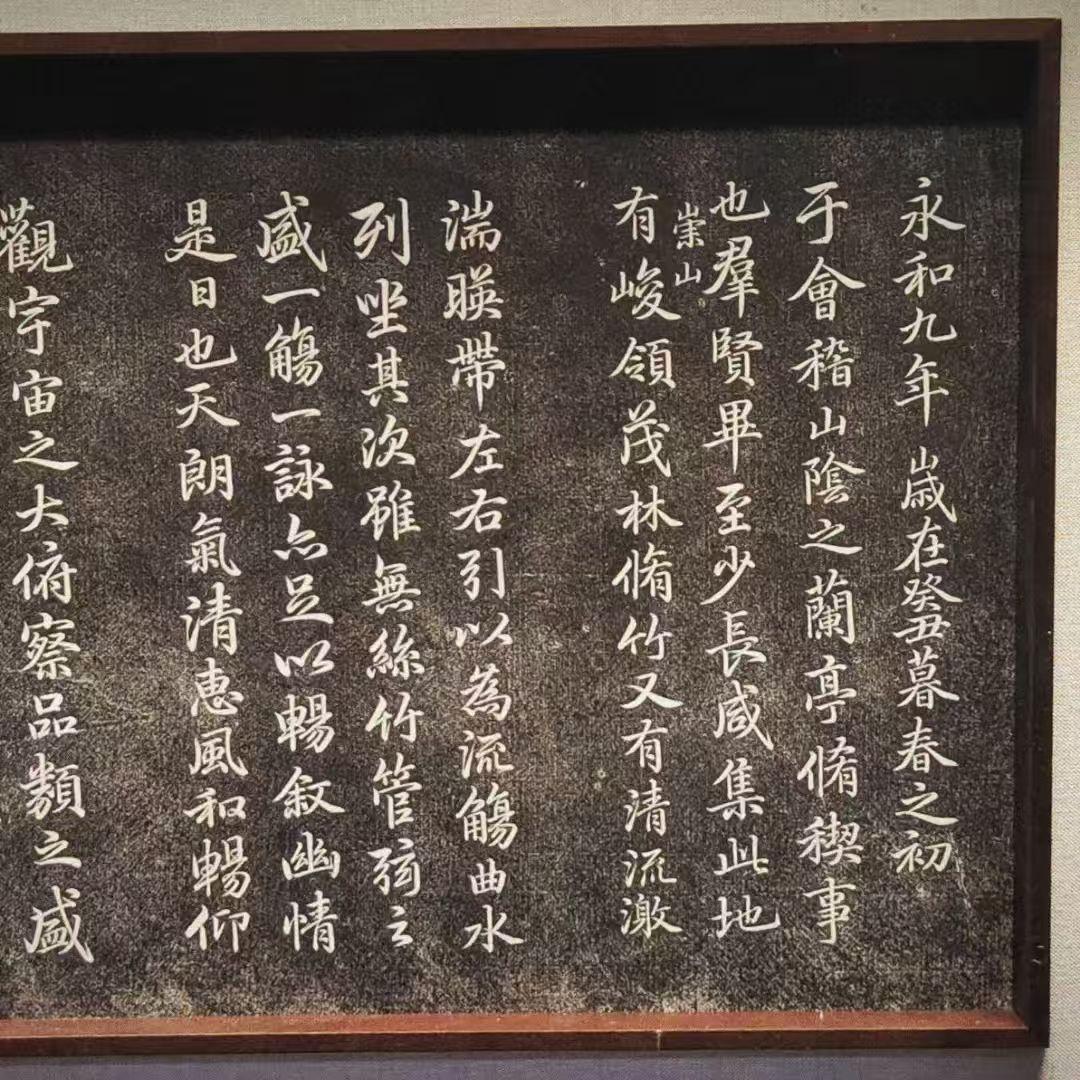The Simplicity and Explanatory Power of Topological Vortex Theory (TVT)
Postado 2025-10-11 06:55:31
0
915

3.Dimensionality Reduction for Explaining Complex Phenomena
III. The Explanatory Power of Topological Vortex Theory
Pesquisar
Categorias
- Art
- Causes
- Crafts
- Dance
- Drinks
- Film
- Fitness
- Food
- Jogos
- Gardening
- Health
- Início
- Literature
- Music
- Networking
- Outro
- Party
- Religion
- Shopping
- Sports
- Theater
- Wellness
Leia Mais
relx 悅刻電子菸全新升級|relx 6代煙彈 infinity 2 現貨登場!相容4、5代主機
在電子菸市場中,relx 悅刻電子菸以其穩定的品質與創新設計,成為眾多使用者心中的首選品牌。無論你是新手入門,還是追求高階體驗的老用戶,從 悅刻官網 或 relx 官網...
Exploring the Latest Innovations and Developments in the Ultrasonic Sensor Market Trends
The global Ultrasonic Sensor Market Trends highlight a remarkable transformation driven by...
Thin-Film Photovoltaic Market to Reach USD 33.47 Billion by 2033, Growing at 8.8% CAGR
Thin-Film Photovoltaic Market Overview
The global thin-film photovoltaic market size was valued...
Why Do You Hate The Dodgers?
2 excellent guys. Image by Daniel Shirey/MLB Photos through Getty Images The Globe Series between...

